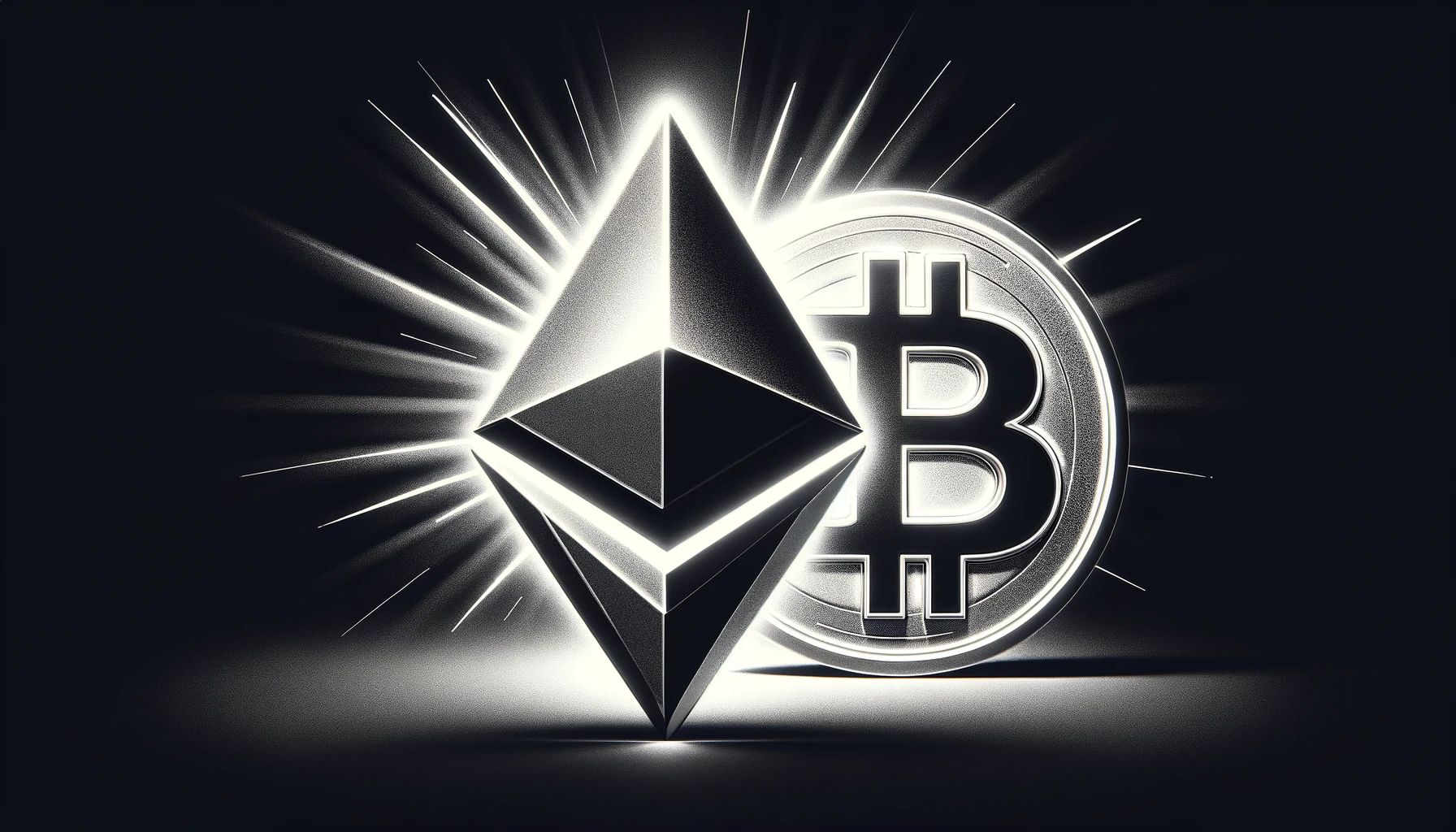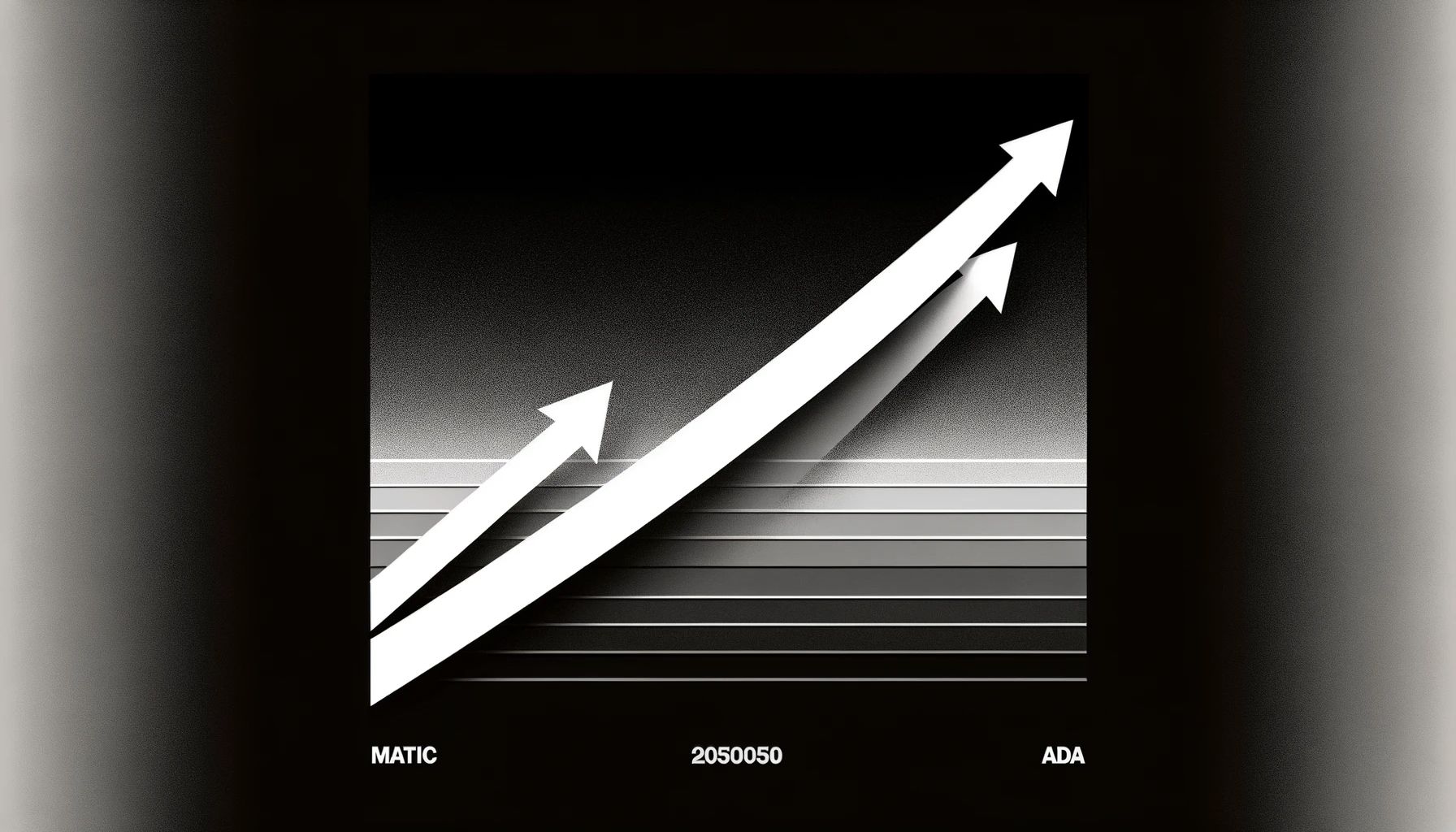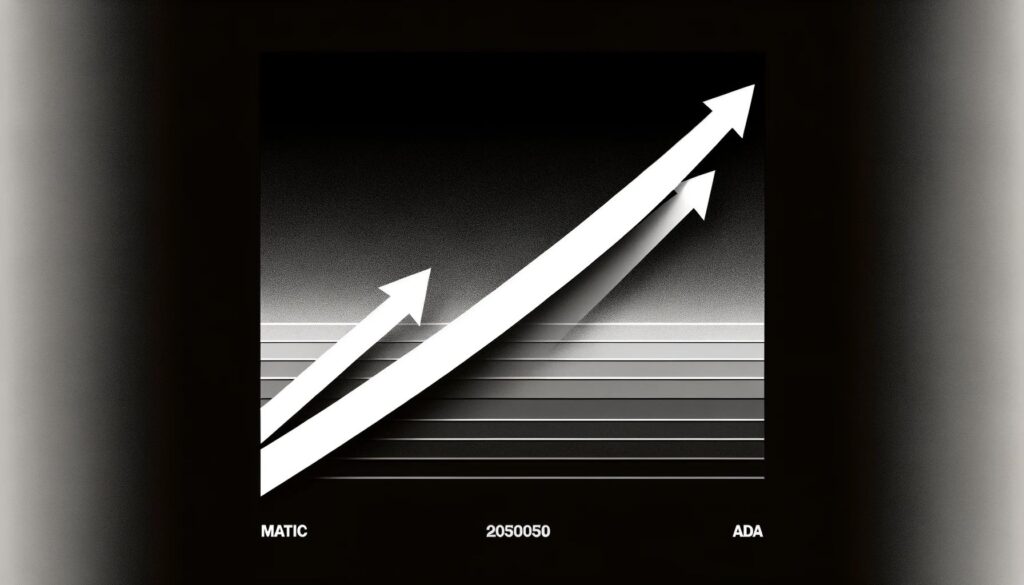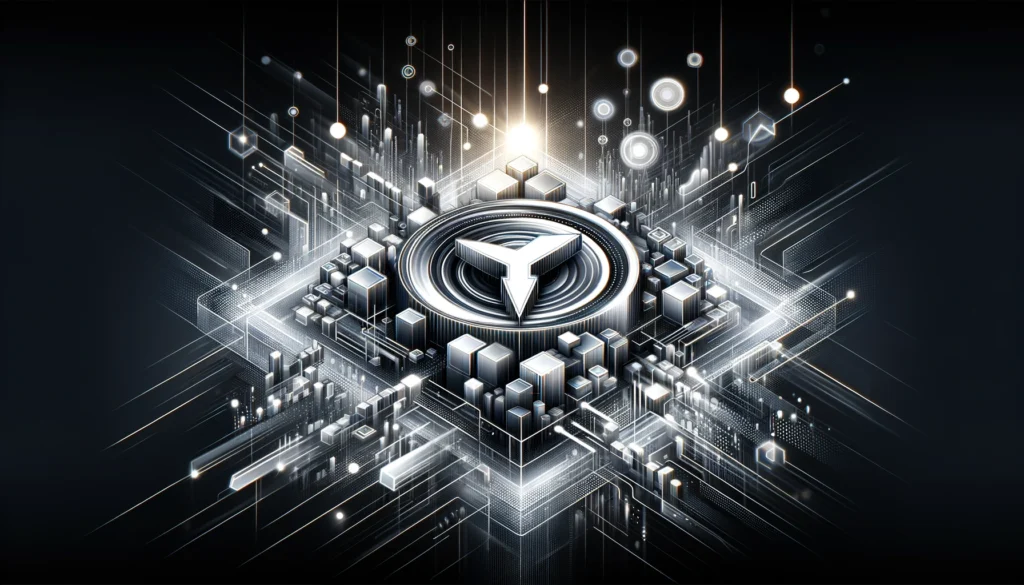In a groundbreaking revelation, JPMorgan, the financial giant, has forecasted a seismic shift in the cryptocurrency landscape. According to their latest report, Ethereum is poised to outperform Bitcoin in 2024, marking a remarkable resurgence and recapturing its market share in the crypto world.
Ethereum’s Rise to the Top
Ethereum, the world’s second-largest cryptocurrency by market capitalization, has long been considered the primary rival to Bitcoin. Despite facing numerous challenges, the Ethereum community has been tirelessly working on enhancements and upgrades to its blockchain, with the eagerly anticipated Ethereum 2.0 upgrade on the horizon.

JPMorgan’s Bold Prognosis
JPMorgan’s prediction comes as a surprise to many, considering Bitcoin’s dominance in the cryptocurrency market for over a decade. However, their analysis points to several key factors that could tilt the scales in Ethereum’s favor.
The Technological Edge
Ethereum’s inherent technological advantages are one of the main drivers behind its projected resurgence. Its smart contract capabilities have made it the go-to platform for decentralized applications (dApps) and non-fungible tokens (NFTs). These applications have gained significant popularity in recent years, solidifying Ethereum’s position as the leader in blockchain innovation.
Ethereum 2.0: A Game Changer
The impending Ethereum 2.0 upgrade promises to be a game-changer. It will address scalability issues, reduce energy consumption, and enhance security, making Ethereum more efficient and environmentally friendly than ever before. This upgrade is expected to attract more developers and investors to the Ethereum ecosystem.
The Shift to Proof of Stake
Ethereum’s transition from Proof of Work (PoW) to Proof of Stake (PoS) is another pivotal factor. PoS offers several advantages, including reduced energy consumption and increased network security. This shift aligns with the growing environmental concerns surrounding cryptocurrency mining, giving Ethereum a competitive edge over Bitcoin.
Market Share Dynamics
JPMorgan’s report also highlights the shifting dynamics of the crypto market. Bitcoin’s dominance, which once stood at over 90%, has steadily declined in recent years. Ethereum and other altcoins have gained ground, diversifying the crypto landscape.
Investor Sentiment
Investor sentiment is another crucial element. Ethereum’s strong community and innovative projects have garnered immense support. As institutional investors increasingly recognize the potential of Ethereum, capital inflows are expected to surge, further boosting its market performance.
Conclusion
While JPMorgan’s prediction may raise eyebrows, it underscores the evolving nature of the cryptocurrency market. Ethereum’s technological advancements, the upcoming Ethereum 2.0 upgrade, and the shift to Proof of Stake all position it as a formidable contender to Bitcoin’s throne. As we approach 2024, all eyes will be on the crypto world to see if this forecast becomes a reality, marking a new era in the ever-exciting world of cryptocurrencies.


















